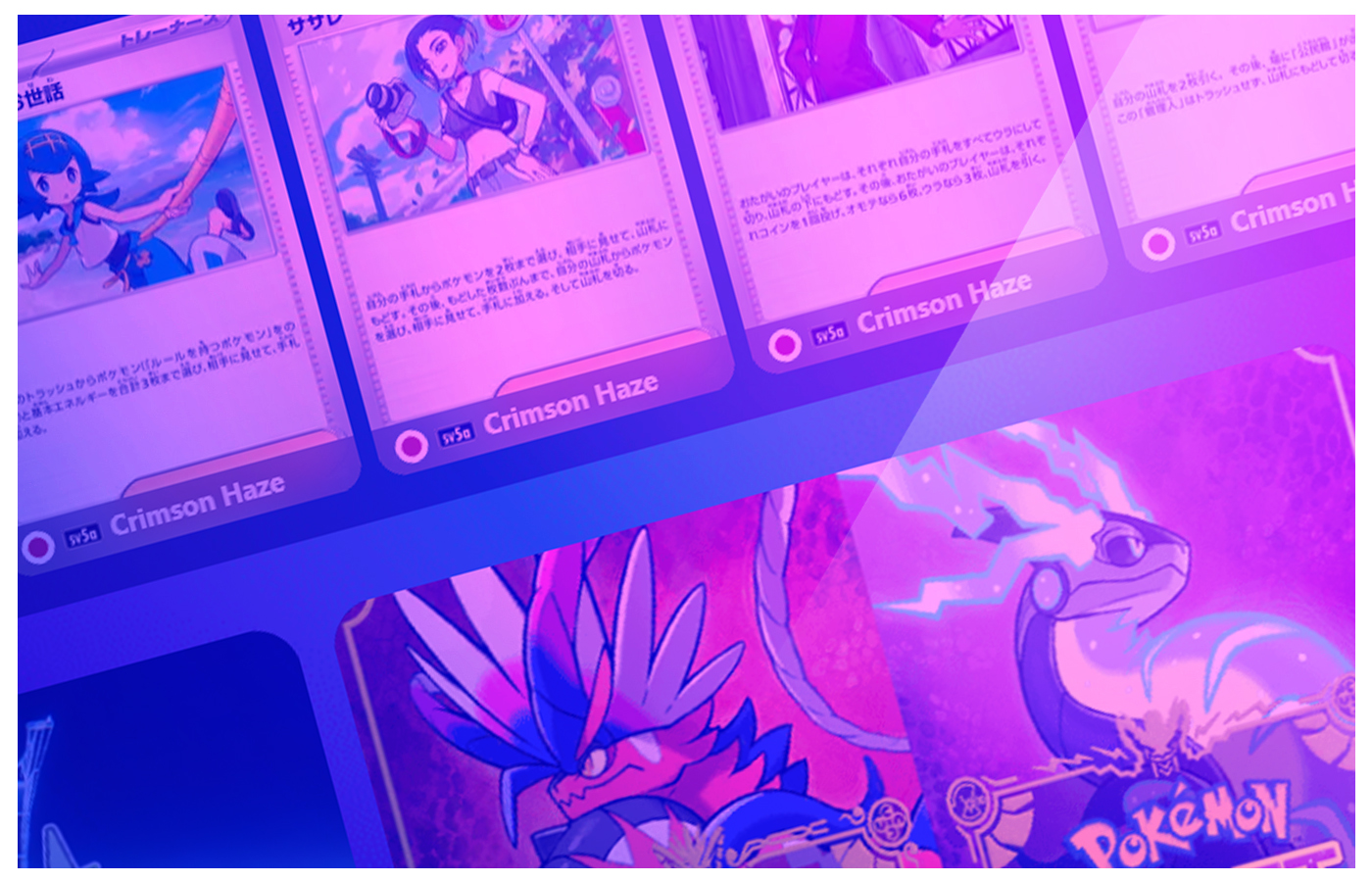What is INP?
Google has introduced a new acronym into their Core Web Vitals, completely changing performance metrics for site owners and users.

Keeping your ear to the ground is crucial when you work in the tech industry. Staying on top of new software, metrics, and acronyms can be a full-time job in itself. You may have heard the new acronym INP bandied about in webinars and blogs, but what is INP, and how is it changing Core Web Vitals? We’ve got some answers for you, as well as some insight into how our partners are seeing success with INP.
What is INP?
INP stands for Interaction to Next Paint. It measures the time a user spends waiting for the next visual cue on a webpage after interacting with an element, as well as their interactions throughout their visit to your page. These interactions can be inputting information (typing into a text box), tapping, or clicking. It will record the longest interaction, ignoring any extraneous or suspicious interactions, to pinpoint the issue within your site’s UX.
INP will be replacing FID (First Input Delay) in the Core Web Vitals reporting. FID only reports the first interaction a user makes on a website, which means underlying issues can fly under the radar so long as a user is interacting with a working element of the site first. With INP, those lags will be caught whether or not your user’s been on your page for eight seconds or eight hours.
How will it change my data?
Depending on how large your site is, and how much traffic you see day to day, it could take months to realize an element of your site isn’t operating as it should. This could mean lost revenue, a drop in users, or domino issues on other aspects of your site. While your site may have a good FID score (meaning users don’t have to wait long for the next visual cue from their first interaction), you could find you have a poor INP score due to other elements not loading while your site attempts to complete the first request from the user.
Overall, INP is measuring the responsiveness of your page. Users always find it frustrating if they have to wait on loading elements, or there is no acknowledgment of their action on your site. INP can locate almost exactly where your user is waiting in their journey on your page. It will take some testing to fix the issue, but INP is highlighting an issue where FID could have missed the problem entirely.
What our INP is reporting
Though INP isn’t rolling out officially until March 12th, we’re already monitoring the INP values for both our own Network N sites, as well as our partners. By keeping an eye on our INP values now, we’ll be able to track our journey with the new metric as we find better ways to test and optimize solutions to any INP issues.
We’ve got room to grow, but we’ve also got some sites reporting excellent INP values already. Our partner Nintendo Wire has shown some of the strongest INP values we’ve seen, consistently reporting at a good rate of less than 200 milliseconds for both mobile and desktop. This means the wait time between when a user interacts to when the next page or element is ‘painted’ is minimal.
We like to keep publishers up to date on industry news. You can check out our blog for more news, insights, and all-around good stuff. If you’re a site owner looking to monetize, you can apply to join the Collective here.

